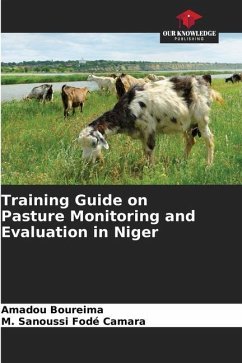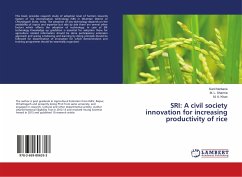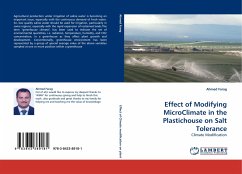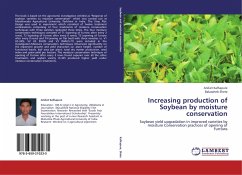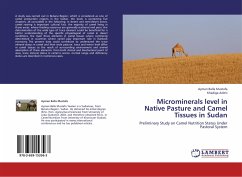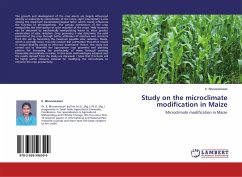
FUNDAMENTALS OF INCREASING PRODUCTIVITY OF DESERT PASTURES
Versandkostenfrei!
Versandfertig in 6-10 Tagen
31,99 €
inkl. MwSt.

PAYBACK Punkte
16 °P sammeln!
Rising global temperatures in recent years have led to a sharp increase in the area of desert areas. Desert areas are widely used as pastures. The productivity of desert pastures in Uzbekistan is very low, ie 1-3 ts/ha. This limits the year-round use of desert pastures. One of the resource-saving and long-term effective ways to increase their productivity is to plant enclosures, as well as reclamation and forage rows in these desert pastures using plants such as Haloxylon aphyllum, Calligonum caput-medusae, Salsola paletzkiana. This is because protected areas have been scientifically proven to...
Rising global temperatures in recent years have led to a sharp increase in the area of desert areas. Desert areas are widely used as pastures. The productivity of desert pastures in Uzbekistan is very low, ie 1-3 ts/ha. This limits the year-round use of desert pastures. One of the resource-saving and long-term effective ways to increase their productivity is to plant enclosures, as well as reclamation and forage rows in these desert pastures using plants such as Haloxylon aphyllum, Calligonum caput-medusae, Salsola paletzkiana. This is because protected areas have been scientifically proven to show their positive properties in other areas (around mountainous and irrigated fields). In these areas, enclosures not only perform a protective function, but also serve as a source of fodder for livestock in the autumn-winter seasons.This monograph presents the current state of enclosures around desert pastures, their impact on microclimate formation and productivity, as well as the regression equations of the relationship between climatic factors and pasture productivity.



